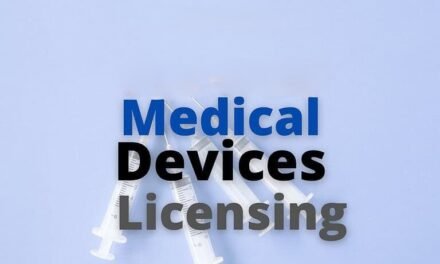
Do you offer support for grant or funding applications in Medical Device ?

Identifying Potential Funding Sources
- Government Grants: Many governments offer grants for medical device innovation, particularly for devices that address significant health challenges or advance medical technology. In the U.S., agencies like the National Institutes of Health (NIH) and the National Science Foundation (NSF) are prominent sources. In Europe, Horizon Europe is a key program.
- Private Foundations and Non-Profits: Numerous foundations and nonprofits support medical research and development. These can be disease-specific, such as those focusing on cancer or heart disease, or technology-specific.
- Industry Partnerships: Some medical device companies collaborate with innovators through partnerships, providing funding in exchange for the potential to commercialize new technologies.
- Venture Capital: For commercially viable products, venture capital can be a source of funding, although this typically involves giving up some equity in the business.
2. Understanding Funding Requirements
- Specific Aims and Objectives: Each funding source usually has specific aims and requirements. Understand these thoroughly and ensure that your project aligns with these goals.
- Eligibility Criteria: Check the eligibility criteria carefully. This may include the stage of development, the type of technology, and the qualifications of the team members.
3. Preparing the Application
- Proposal Writing: Write a clear and compelling grant proposal or funding application. This should include a detailed description of the problem, your proposed solution, the novelty of the device, and its potential impact on healthcare.
- Budget Justification: Prepare a detailed budget that justifies the funding request. Be clear about how the funds will be used, including costs for development, testing, production, and staffing.
- Supporting Documents: Include all required supporting documents, such as biographies of key team members, letters of support from potential users or clinical advisors, and any preliminary data or prototypes that demonstrate the feasibility of the device.
4. Review and Submission
- Peer Review: Before submitting, have your proposal reviewed by peers or mentors who can provide feedback. They can help identify any weaknesses or areas for improvement.
- Adhere to Guidelines: Ensure that the application strictly adheres to the formatting and submission guidelines provided by the funding body.
5. Post-Submission Follow-up
- Respond to Queries: Be prepared to respond to any queries or requests for additional information from the funding agency.
- Resubmissions: If your application is not successful, seek feedback, make necessary revisions, and consider resubmitting. Persistence is often key in securing funding.
6. Leveraging Professional Help
- Grant Writing Professionals: Consider hiring a professional grant writer who specializes in medical devices. They can bring expertise and experience that significantly improve the chances of success.
Workshops and Training: Some universities, research institutions, and development agencies offer workshops and seminars on grant writing and fundraising. These can provide valuable insights and skills.



























